The Resistance Front (TRF), a relatively obscure armed group in Kashmir, has drawn national and international attention after claiming responsibility for one of the deadliest attacks on civilians in India in nearly two decades.
The April 22 assault in the Baisaran valley of Pahalgam, a popular tourist destination in Indian-administered Kashmir, left 26 people dead and more than a dozen injured.
Founded in 2019, TRF emerged in the aftermath of India’s revocation of Jammu and Kashmir’s semi-autonomous status. The group’s formation coincided with a clampdown on political and civil liberties in the region, as well as changes in land and residency laws that critics argue could alter the region’s demographic composition.
TRF distinguishes itself from earlier Kashmiri armed groups through its use of a more secular-sounding name and active engagement on digital platforms. Indian security agencies initially dubbed it a “virtual front,” noting that it started by spreading messages on encrypted messaging apps like Telegram.
While the group claims to be motivated by regional nationalism, Indian intelligence agencies assert that TRF is a proxy for Pakistan-based Lashkar-e-Taiba, a group that has been designated a terrorist organization by India, the United States, and the United Nations. The Indian government officially declared TRF a terrorist group in January 2023. Pakistan denies supporting armed groups in Kashmir, stating that it provides only diplomatic and moral backing to the region’s Muslim population.
The attack on tourists came as a shock, as visitors had typically not been targeted in recent years. The gunmen, reportedly armed with automatic weapons, emerged from nearby forests and opened fire on a group of tourists. TRF later claimed the attack on social media, alleging that the victims were linked to Indian security forces and that the act was meant to oppose demographic shifts in the region.
In response, Indian authorities launched a large-scale manhunt, releasing sketches of suspects and calling in individuals previously flagged for suspected militant sympathies. Prime Minister Narendra Modi returned early from a foreign visit and convened high-level security meetings. Government officials have vowed a strong response, and Defence Minister Rajnath Singh declared that not only the attackers, but also those who “conspired behind the scenes,” would be held accountable.
Since 2020, TRF has taken responsibility for a series of targeted killings in Kashmir, often using small arms in hit-and-run tactics. These attacks have targeted retired security personnel, political workers, and journalists. In 2022, the group published a list of media figures it accused of collaborating with the Indian state, leading to resignations amid fears for safety.
TRF fighters have typically avoided open confrontation, operating from remote mountain hideouts and relying on anonymity. Experts note that while the number of TRF members may be limited, their attacks have grown in precision and impact.
The Pahalgam attack has reignited debate over the Indian government’s claims of “normalcy” in Kashmir following the revocation of its special status in 2019. In recent years, tourism in Kashmir has surged, with over 3.5 million visitors recorded in 2024. However, the attack has triggered panic among tourists, with cancellations, airport congestion, and rising flight prices reported.
Analysts argue that the attack exposes vulnerabilities in the region’s security infrastructure and highlights the risks of portraying a fragile peace as permanent stability. Local voices have expressed grief and frustration, with many calling for an end to violence that jeopardizes both lives and livelihoods.
As the investigation unfolds, the spotlight remains on TRF, a group that, despite its low profile just a few years ago, now stands at the center of renewed tensions in one of the world’s most militarized and disputed regions.
With input from Al Jazeera and Reuters.
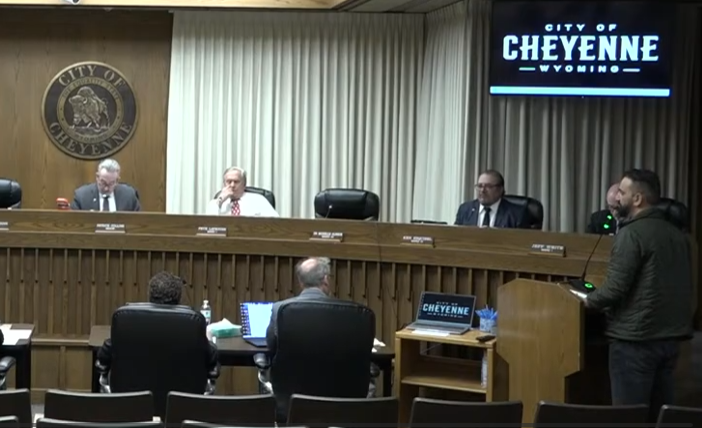

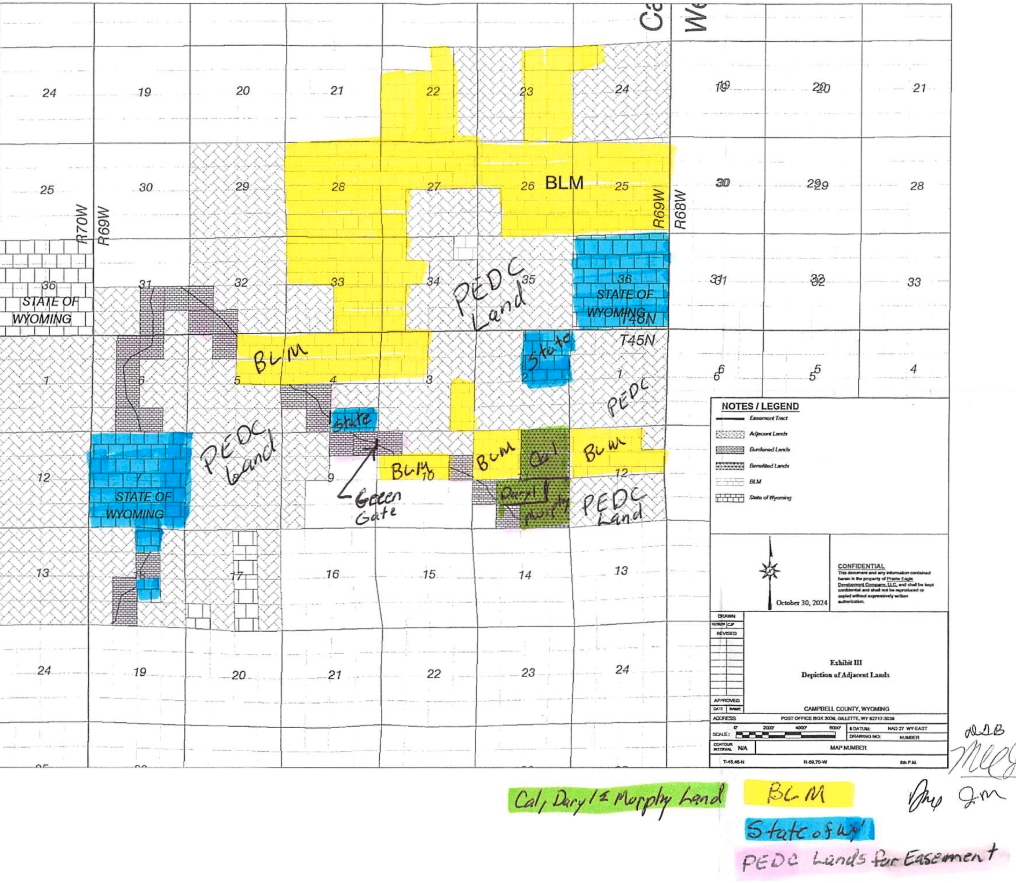
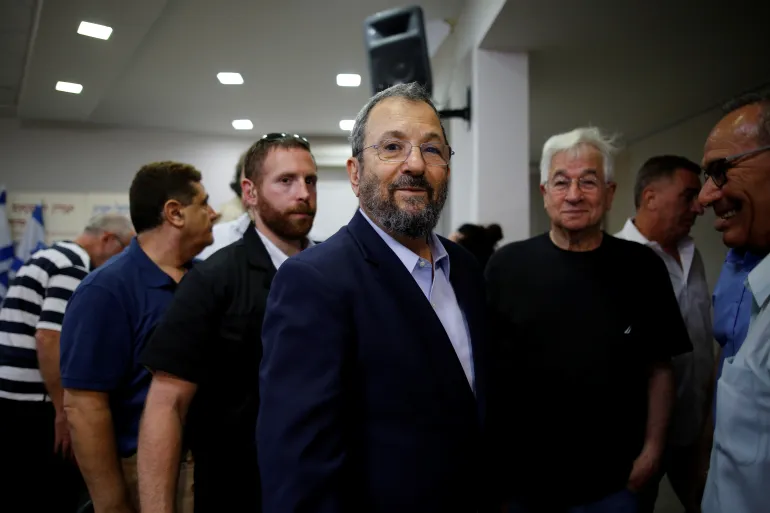

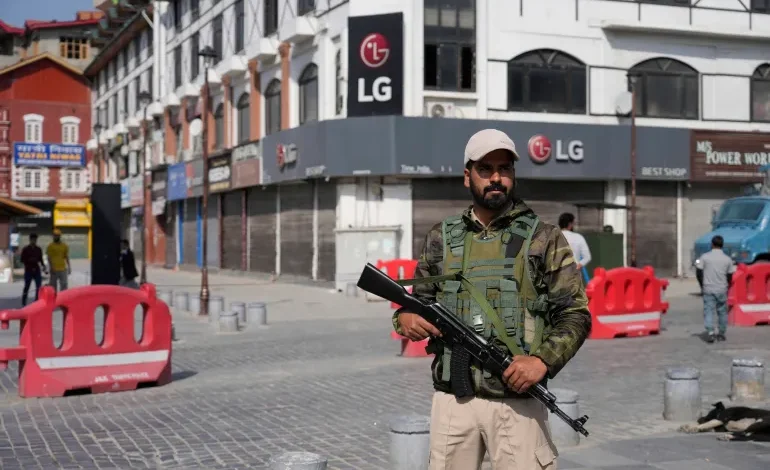



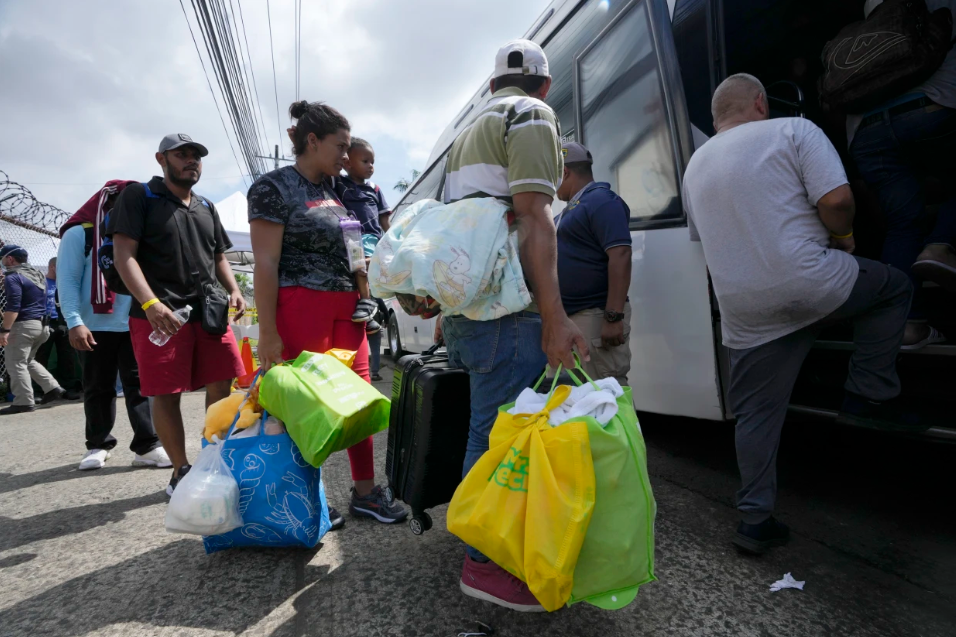
The latest news in your social feeds
Subscribe to our social media platforms to stay tuned